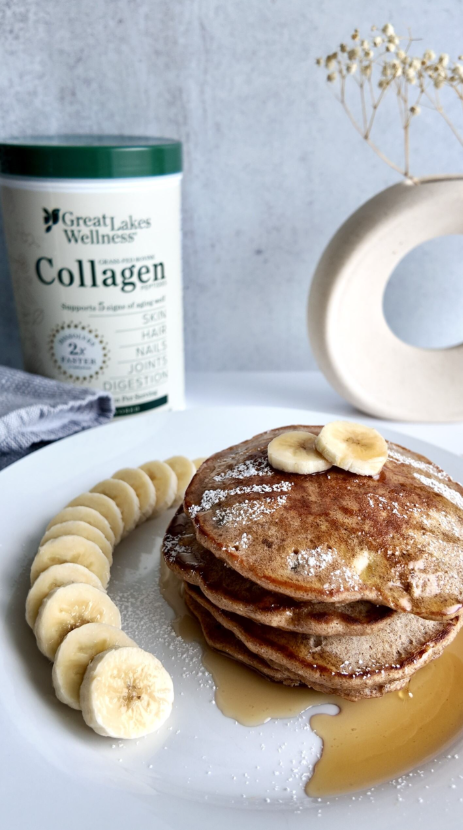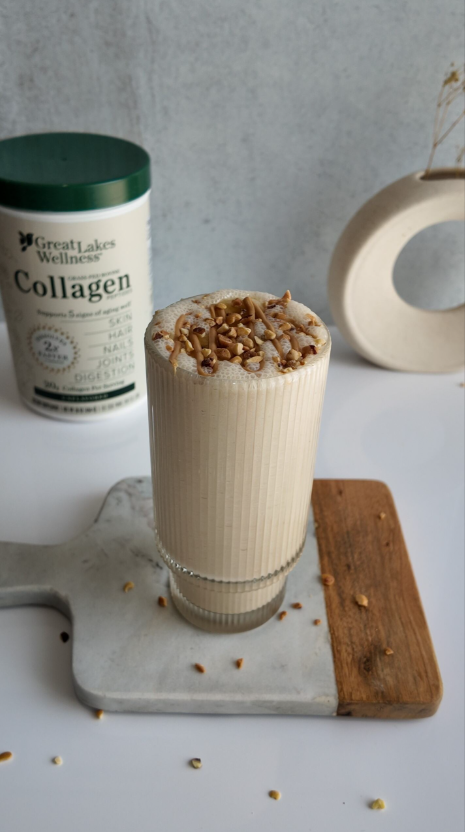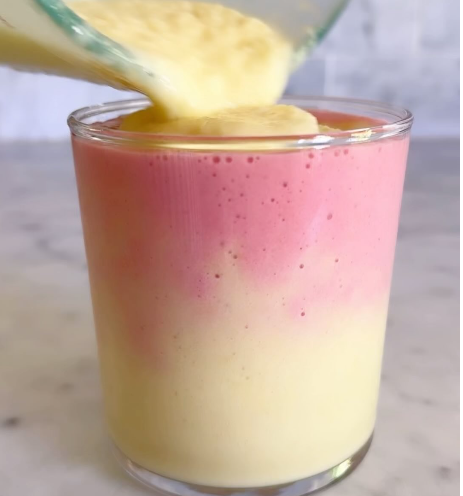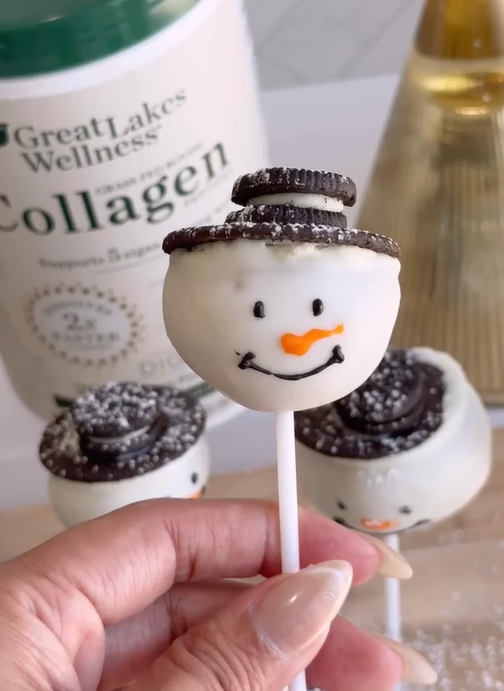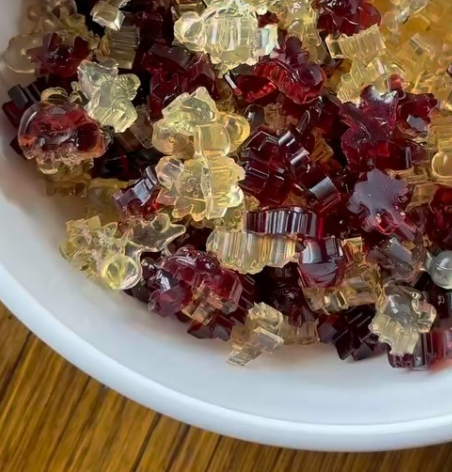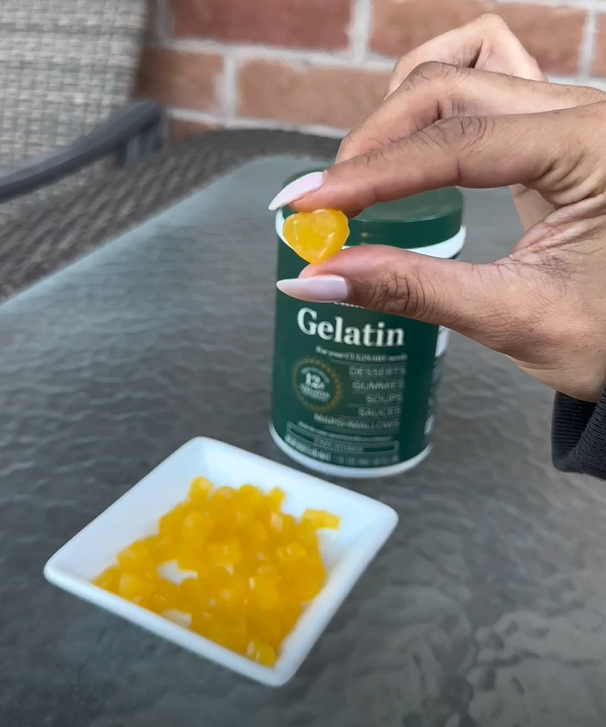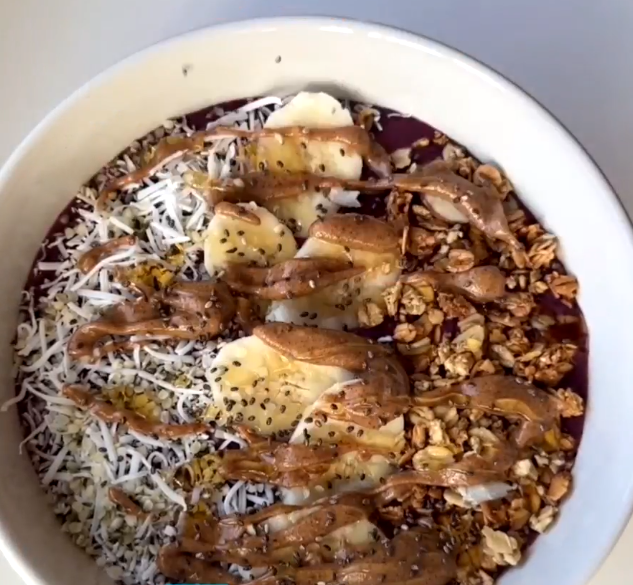You might order a cup of whatever hot tea is being served at a restaurant or pick up an iced tea from your favorite coffee shop. For those cozy nights at home, you may even grab a box of flavored tea bags from your local grocery store without thinking too much about it.
If that sounds familiar, and you want to learn more about the basic types, flavors, and benefits of tea, you’re in the right place. Pour yourself a cup and read on!
Types and Flavors of Tea
Similar to how varieties of wine are made from grapes, varieties of "true" teas are produced from the leaves and leaf buds of Camellia sinensis, a species of evergreen shrubs/plants. There are several types of true teas, and the difference between them comes down to when the leaves are picked, how long they are processed, and the amount of oxidation. You may also be familiar with herbal teas, which are made from other plants and herbs such as chamomile or lavender.
Tea varieties include:
- Black Tea: Black teas are fully oxidized after being picked, giving them darker colors and bolder flavors. Comparable to how black coffee can be strong, blended, etc. Examples include Earl Grey tea and Assam, popular in masala chai tea.
- Green Tea: Green teas are unoxidized, so they retain their natural green color and have a more delicate flavor than black teas. Examples include matcha powder (powdered green tea) and Genmaicha (Japanese brown rice green tea).
- Oolong Tea: It is also known as Wulong tea. Oolong tea is a traditional Chinese tea produced using a unique process that includes withering under the hot sun and oxidation before curling and twisting. Oolong teas contain more caffeine than green teas but less than black teas. They have floral, fruity, and toasty flavors.
- White Tea: White teas are known for their antioxidant benefits and delicate flavors. White teas can have fruity, flowery, or sweet honey flavors. White tea is the least processed variety, typically picked by hand followed by a long withering period.
- Herbal Tea: Herbal teas are not considered true teas as they are produced with herbs and plant components from other than the tea plant. They are best brewed in boiling water for the herbs to absorb the flavor thoroughly. Chamomile tea and peppermint tea, which are refreshing and energizing, are some of the known types of herbal tea. Other flavors are yerba mate, a caffeine-rich beverage, and spicy ginger tea.
Health Benefits of Tea
Some tea brews provide more health advantages than others, but studies have shown that regularly drinking tea can have a lasting impact on your physical and mental wellness. Some varieties have a calming effect and can be enjoyed while relaxing with your favorite book. Others may provide a boost in alertness, similar to your morning cup of coffee. As with any health-related decisions, it’s best to do your own research and consult your physician regarding your personal wellness journey.
Here are just a few potential benefits:
- Tea contains antioxidants that act to prevent the body's equivalent of rust, which helps support healthy aging and protects us from environmental harm.
- Consumption of certain types of teas may help regulate blood sugar and better manage illnesses like type 2 diabetes.
- Drinking tea may reduce the risk of major diseases like blood clots and heart attacks. Tea has anti-inflammatory qualities that soothe tissues in the arteries. It helps reduce the risk of inflammation that impedes clotting and blood circulation.
Tea Bags vs. Loose Leaf Tea
If you’re new to tea drinking, you’re most likely familiar with tea bags. Tea bags are easy to use, especially if you only drink tea occasionally or when you grab a cup at the office. Although convenient, the quality of the leaves used can be lower than loose leaf tea, with potentially lower health benefits and flavor. Longer steeping times will bring out the flavor, so give it a few minutes before taking that first sip!And as you expand your tea horizons, try brewing up some loose-leaf varieties with full leaves and see if you notice the flavor nuances.

Tea-rrific Add-ins
Now that you know some of the tea basics and a bit more about the benefits, you can experiment with add-ins and flavor enhancers to brighten up your cup and enjoy your tea fully. Some options include:- Lemon: Lemon goes nicely with both green and black tea. Its acidity cuts through the natural bitterness of green tea and brightens the roast flavors of black tea.
- Honey: Honey is another alternative to sweetening your tea. Most teas aren't inherently sweet. Honey converts your tea into a warm, tasty beverage. Try it and find out which teas you like with honey.
- Warming Spices: Warming spices complement herbal tea blends and go well with oolong tea or soothing black teas. An excellent example is chai tea, which contains ginger, pepper, black tea leaves, cinnamon, cloves, and coriander.
- Collagen Peptides: Great Lakes Wellness has a plethora of flavorful and unflavored collagen peptides that can add additional health benefits to your favorite cup of tea. Collagen increases skin elasticity while restoring your body's ability to produce natural collagen and amino acids. Including a collagen supplement in your daily tea regimen can have incredible advantages for your skin, nails, joints, hair, digestion, and overall health.
- Milk: Adding milk or a non-dairy alternative can help smooth out the bitterness of some teas and add a creamy texture similar to adding creamer to coffee. “Milk teas,” also known as boba tea or bubble tea, have become popular and are made in an array of flavors.

Now you can see why tea is one of the most widely consumed drinks in the world. And it seems that there's no end to the different types of tea you can try, with every flavor imaginable. We hope that this guide inspires you to further research tea varieties and makes drinking your next cup all the more enjoyable!

